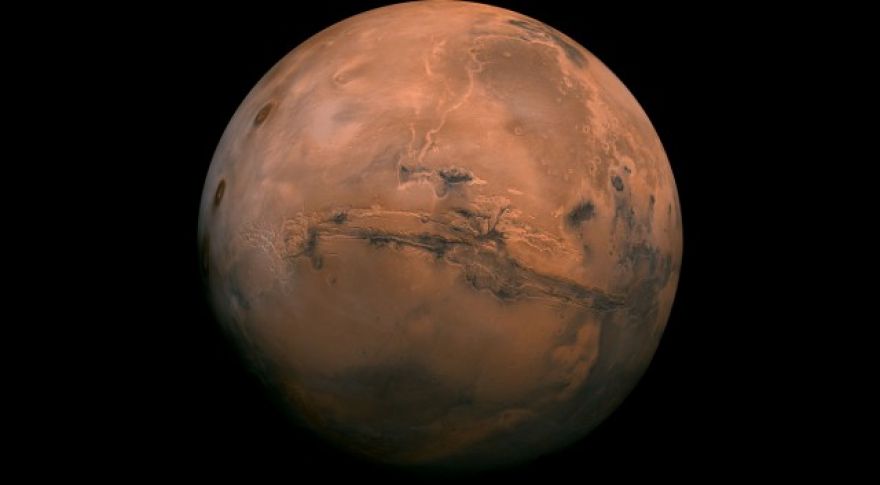
NASA confirms liquid water flows on Mars
“Our quest on Mars has been to ‘follow the water,’ in our search for life in the universe, and now we have convincing science that validates what we’ve long suspected,” said John Grunsfeld, astronaut and associate administrator of NASA’s Science Mission Directorate in Washington, in a . “This is a significant development, as it appears to confirm that water — albeit briny — is flowing today on the surface of Mars.
”
The flows are described as recurring slope lineae. Here’s what happens: The hydrated salts lower the freezing point of the liquid brine, the same way salt helps melt snow and ice on our roads after a blizzard. The darker color on Mars indicates that it’s probably a shallow subsurface flow, NASA said. While scientists are yet able to determine where the water comes from, it appears to dry up in the planet’s fall season only to start up again the following Mars year.
Researchers began studying from the MRO’s High Resolution Imaging Science Experiment (HiRISE) in 2010, and later paired those images with mineral maps from the spacecraft’s Compact Reconnaissance Imaging Spectrometer for Mars (CRISM).
“We found the hydrated salts only when the seasonal features were widest, which suggests that either the dark streaks themselves or a process that forms them is the source of the hydration,” said Lujendra Ojha of the Georgia Institute of Technology (Georgia Tech) in Atlanta, lead author of a Nature Geoscience report on these findings. “In either case, the detection of hydrated salts on these slopes means that water plays a vital role in the formation of these streaks.”
During the announcement today, NASA scientists noted they mined data going as far back as the Viking 1 an 2 landings in the mid-1970s, as well as from the Phoenix lander in 2008. But the primary data source was the Mars Reconnaissance Orbiter, which launched in 2006 and contains four other primary science instruments in addition to HiRISE and CRISM.
“The ability of MRO to observe for multiple Mars years with a payload able to see the fine detail of these features has enabled findings such as these: first identifying the puzzling seasonal streaks and now making a big step towards explaining what they are,” said Rich Zurek, MRO project scientist at NASA’s Jet Propulsion Laboratory (JPL) in Pasadena, California.
“It took multiple spacecraft over several years to solve this mystery, and now we know there is liquid water on the surface of this cold, desert planet,” said Michael Meyer, lead scientist for NASA’s Mars Exploration Program at the agency’s headquarters in Washington. “It seems that the more we study Mars, the more we learn how life could be supported and where there are resources to support life in the future.”
Back in March, NASA announced the discovery of evidence of an ancient ocean that covered 20 percent of Mars’ surface. The data from that study, using the ESO’s Very Large Telescope in Chilie, seemed to indicate that water persisted on the surface of the Red Planet for at least a billion years. Now it seems that despite the frigid temperatures during the winter and at night, some water still indeed flows on the surface even today.